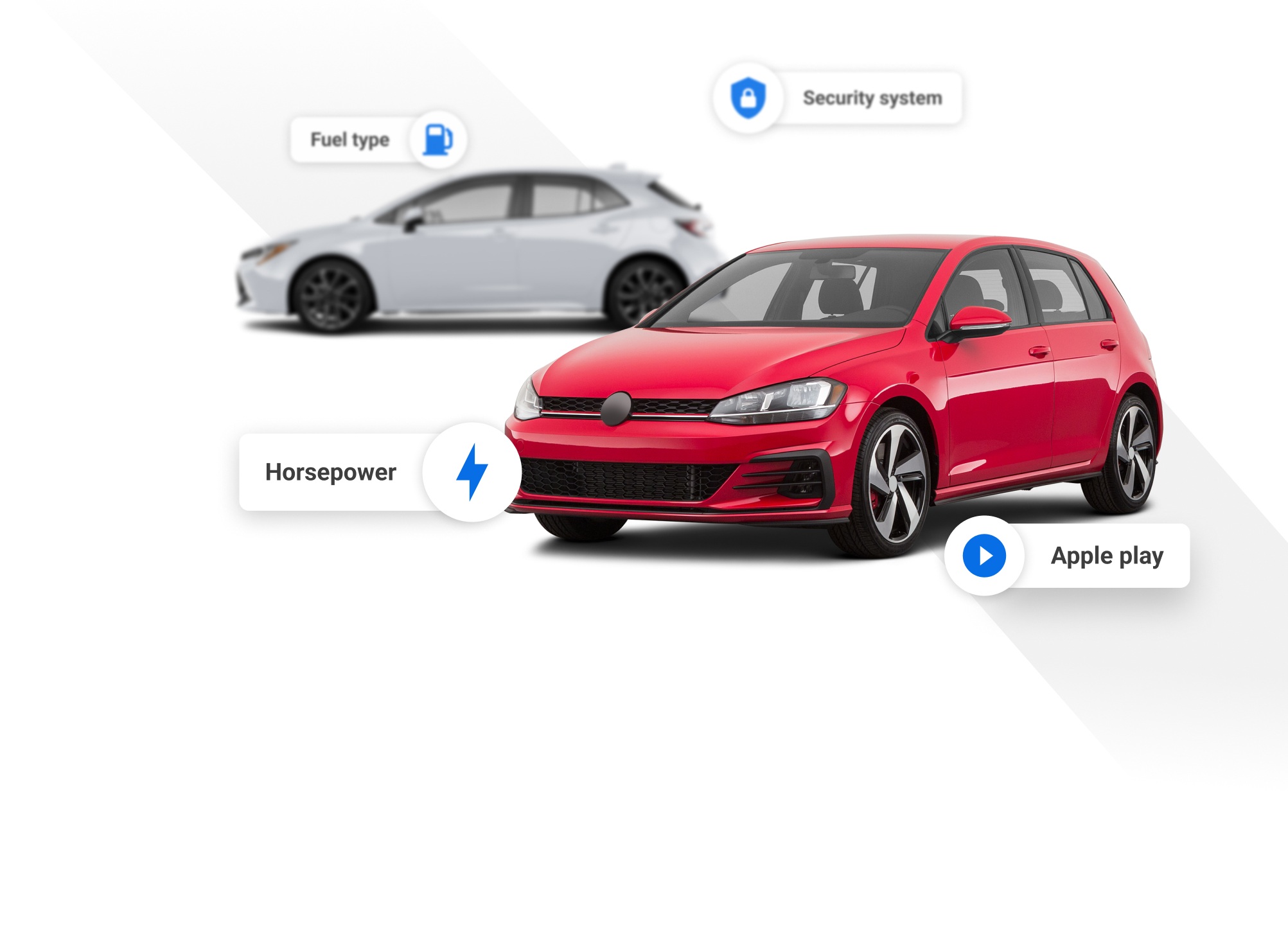
2020 Hyundai Veloster


Key Specifications for 2020 Hyundai Veloster






Buyer’s Guide
History/Overview
The Veloster made its debut for 2012, when it became the brand's least-expensive performance-oriented offering. Back then, however, it was based on the lowly Accent and lacked the kind of chassis refinement required to truly compete against other small sports cars.
Fast-forward to 2019, which heralded the second-generation's arrival, riding on a new suspension that was dialled in much better and boasted a better buttoned-down ride and roadholding. This second-gen car also comes in a high-performance N variant that's covered in a separate buyer's guide article.
What's New / Key Changes from Last Year
For 2020, non-turbo Veloster models come standard with a six-speed automatic transmission. That means the Turbo is now the sole Veloster variant to offer a manual gearbox.
As well, the lineup now consists of two cars powered by the entry-level 2.0L engine and two with the 1.6L turbo, whereas last year's Veloster range was two-thirds turbocharged.
Hyundai has also changed the Veloster's trim designations to reflect those used on the brand's other models, and the car gains active safety features: forward collision detection, automatic braking, lane keeping assist and lane departure warning are newly available.
Other equipment changes include the elimination of a head-up display and rain-sensing wipers that were standard on last year's top-end Turbo Tech trim level.
Available Trims
Preferred and Luxury trims use the 2.0L engine, and the Turbo 1.6T gets the turbcocharged 1.6L motor. The 2.0L comes with a six-speed automatic transmission. Turbo 1.6L cars start with a six-speed stickshift and can be optioned to a seven-speed dual-clutch automatic.
Standard Features
Preferred 2.0 trim includes 18-inch wheels, automatic headlights, LED daytime running lights, heated side mirrors with electric adjustments, intermittent wipers, cloth seats, six-way driver and four-way front passenger manual seat adjustments, heated front seats, six-speaker stereo, 7.0-inch infotainment touchscreen, leather-trimmed shifter and steering wheel, air conditioning, cruise control, 3.5-inch LCD gauge cluster display, power windows, keyless entry, blind spot monitor and rear cross traffic alert.
Luxury 2.0 trim adds a sunroof, eight-speaker stereo, 8.0-inch infotainment display, Bluelink smartophone integration, automatic climate control, passive keyless entry, forward collision detection with automatic braking, lane keeping assist and lane departure warning.
Finally, Turbo 1.6T models gain twin exhaust tips, trim-specific 18-inch wheels, grille and side sill mouldings, LED headlights and taillights, leather seating, red interior accents and a 4.2-inch digital gauge cluster display. Turbo cars do not include the Luxury trim's collision and lane departure avoidance active safety features.
Key Options
The Veloster's only option is the Turbo 1.6T's automatic transmission, which also includes steering wheel-mounted paddle shifters.
Fuel Economy
Hyundai's fuel consumption estimates for the Veloster are 9.1/7.1 L/100 km (city/highway) for 2.0L cars with the automatic transmission; 9.4/7.0 for Turbo models with the six-speed manual; and 8.5/6.9 in Turbo cars with the dual-clutch transmission.
Competition
Naming direct comptitors to the Veloster is tough because there is no other compact hatchback with three passenger doors. However, it is technically an alternative to Hyundai's own Elantra GT and the Kia Forte hatchback. Closer in concept is the Mini Cooper, which offers similar performance in its base and more potent S variants. The Veloster Turbo also lines up nicely against the base Audi A3, bringing similar front-drive performance at a lower price.
Review & Compare:
Photos






















































AutoTrader Review

























